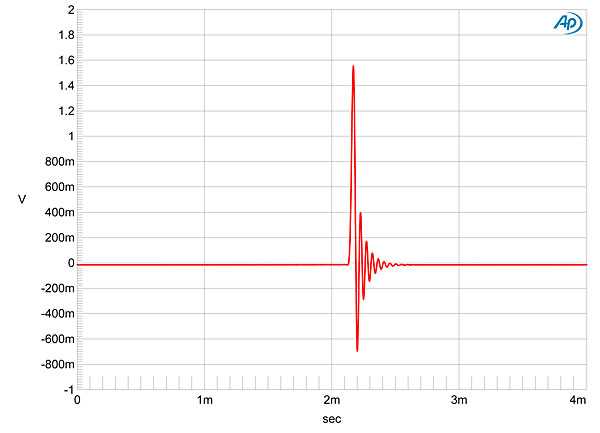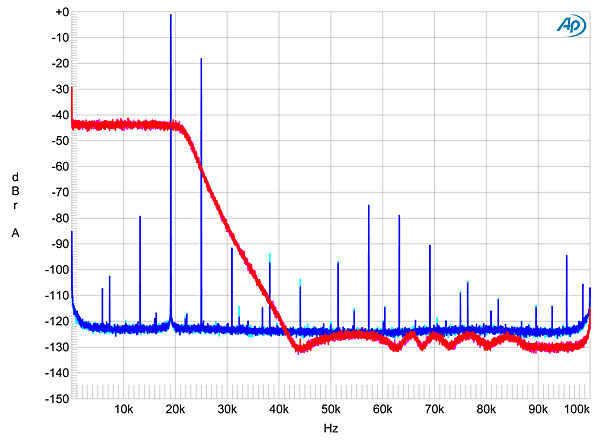Jim Audiomisc
pfm Member
OK, here is 'page 2'.
http://www.audiomisc.co.uk/MQA/GoldenOne/ChallengeAndResponse.html
This concentrates on the GoldenOne files. They do show some useful points, but difficult to use beyond a certain level.
I now have a wider range of 2L examples, and an MQA DAC. Have some other things to catch up with first. But will start using these and see how I get on. Have various possible experiments/tests in mind, but initially I need to 'calibrate' what the DAC does in more normal terms so I can allow for that when it comes to MQA vs plain vanilla.
http://www.audiomisc.co.uk/MQA/GoldenOne/ChallengeAndResponse.html
This concentrates on the GoldenOne files. They do show some useful points, but difficult to use beyond a certain level.
I now have a wider range of 2L examples, and an MQA DAC. Have some other things to catch up with first. But will start using these and see how I get on. Have various possible experiments/tests in mind, but initially I need to 'calibrate' what the DAC does in more normal terms so I can allow for that when it comes to MQA vs plain vanilla.



